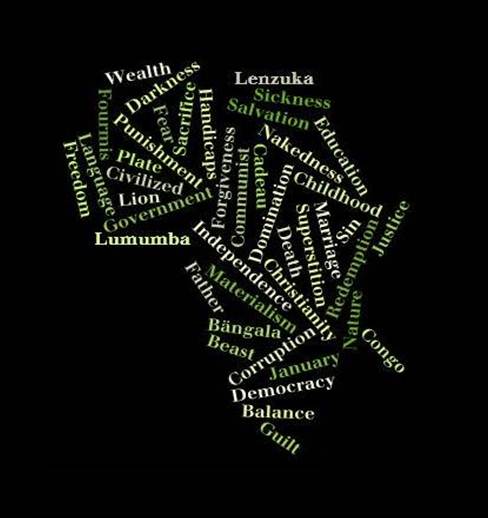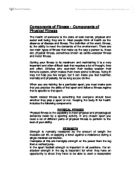The Descriptive Text Of Babirusa, Full Descriptions of.
Classification kingdom Animalia phylum Arthropoda class Chilopoda order. Scolopendridae Name Homonyms Scolopendridae Bibliographic References. Barber, 2010 Benton, M.J. (ed). (1993).Global Biodiversity Information Facility. Free and Open Access to Biodiversity Data.Classification kingdom Animalia phylum. Scolopendridae genus Scolopendra species Scolopendra valida Name Synonyms Collaria morsitans Karsch, 1884 Scolopendra angusta Lucas, 1840 Scolopendra valida balfouri Scolopendra valida deserticola.
Classification kingdom Animalia phylum. Scolopendridae genus Scolopendra species Scolopendra mazbii Name Homonyms Scolopendra mazbii Gravely, 1912 Bibliographic References. Graveley F.H. (1912) Zoological results of the Abor Expediton. V.Cambaloid millipedes of Tasmania, Australia, with remarks on family-level classification and descriptions of two new genera and four new species (Diplopoda, Spirostreptida) Robert Mesibov ZooKeys 827: 1-17.

The fossil sponge classification is not concordant with the living sponge classification at higher taxonomic levels, and hence both classifications are presented separately. Moreover, fossil taxa are also not easily retrievable at the lower levels of this palaeontological classification, and consequently only the ordinal level taxonomy is listed here.












